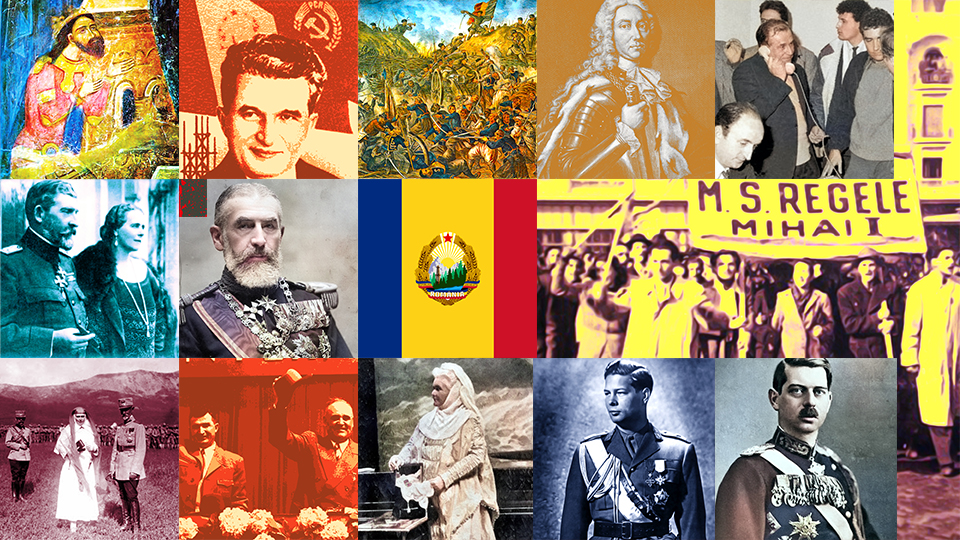The ethnic Romanians in Istria
The ethnic Romanian community in Croatia, in Istria peninsula, is one of the least known ethnic Romanian communities from outside Romania's borders.

Steliu Lambru, 13.10.2025, 14:00
Romania’s neighbours the Republic of Moldova, Ukraine, Hungary, Serbia and Bulgaria are home to Romanian ethnic communities, as are countries like Greece, North Macedonia, Albania and Croatia. The Romanian community in Croatia, more precisely in Istria peninsula, is least spoken of, on account of being the least numerous and the most remote from the compact mass of Romanians in the Carpathian arc and the Danube basin. The historian and writer Gheorghe Asachi was among the earliest scholars to write about this community, beginning with mid 19th century. Other writings belong to the Slovenian philologist Franz Miklosich and Andrei Glavina, the first Istro-Romanian to write about his own community.
After 1918, when Greater Romania was created, many Romanians from outside Romania immigrated and became Romanian citizens. But few Istro-Romanians did so. Domenico Cvecici was one of those few Istro-Romanians who chose to become Romanian citizens. In 1937, at the age of 11, he left his native village of Şuşnieviţa to study in Romania, in Cluj. Cvecici came from a sub-mountainous region, mostly made up of rocks, which formed a karst landscape. The inhabitants’ main occupations were sheep breeding and mining. In 2002, he told Radio Romania’s Oral History Centre the access to education of the children from those poor mountain regions was very limited.
“The children of Istro-Romanians didn’t have much chance to leave their home, helping in their parents’ house, until they found another occupation or emigrated to the city. At home, I spoke Istro-Romanian, I spoke only in dialect. Italian was only taught in primary school, when I first went to school I didn’t know a single word of it. Some of the children never really learnt it, only spoke a few words or at best were able to read. Many couldn’t advance further because of the dire economic situation of their parents who could not support them in school beyond primary education.”
The landscape did not allow for the economic development of the area, but there was also another, more serious, problem: the lack of water. Domenico Cvecici described how people managed, however, to get hold of it:
“The economic situation was precarious. Another problem was the shortage of drinking water. In the south, in the seven villages inhabited by Istro-Romanians, there were only two springs with drinking water. It came from the hills or from up the mountain where there was a hay meadow for the cattle and there was another well made by people for the cattle to drink. People would bring their drinking water either in barrels transported on carts and pulled by oxen, a rarer case, or with women carrying it on their backs. There was a special vessel that would mould itself, and which women carried on their backs, tied to a belt, like a backpack. The drinking water situation was tragic and many people who lived farther away from the springs had to do with filtered rainwater. The water flowed from the roofs of the houses, through gutters, into a well and that’s how the water was filtered. There was sand in the well, and the dirty part in the water went to the bottom and cleaner water remained on top, but without any content necessary for the human body.”
Domenico Cvecici remember how holidays were celebrated in the Istro-Romanian community:
“Holidays were restricted, especially at Christmas, to cakes. Pigs were bred for their meat to be consumed by the family, each family had their own. The fire, in most houses, especially in winter, was made on the hearth and in the room where the kitchen was and the food was prepared, in winter the meat was also smoked. Other families had wood-burning stoves in the kitchen. At Easter there were more cakes and red eggs, and the adults would also ‘baptize’ these dishes with a glass of wine and the children would taste it, given by their parents or in secret.”
Domenico Cvecici also remembered the dialect they spoke at home and in the community:
“I don’t remember much Istro-Romanian, I only remember certain words ‘Cire esti tu?’, ‘cire’ instead of ‘cine’, this rhotacism, that intervocalic ‘n’ transformed into ‘r’. There were no poems and prayers in Istro-Romanian, they were in Italian during the Italian period, and before I think maybe they were in German. I don’t remember to have heard of any prayer translated into Istro-Romanian.”
Istro-Romanians are a small group of Romanians living in Croatia who are aware of being different from others. However, they are an ethnic group that has contributed to local history.





























